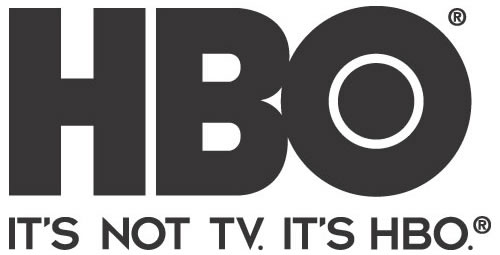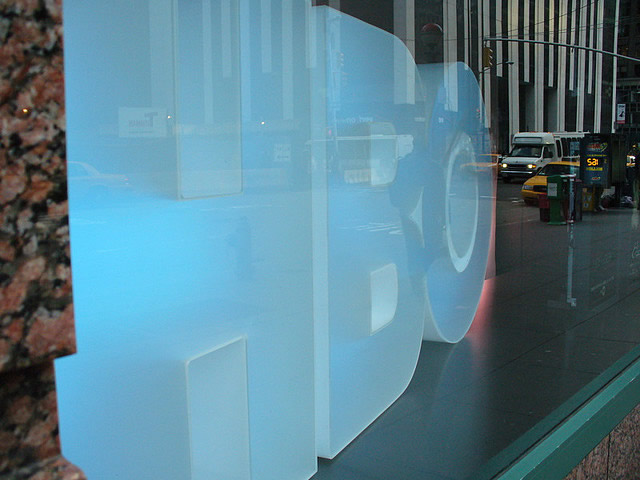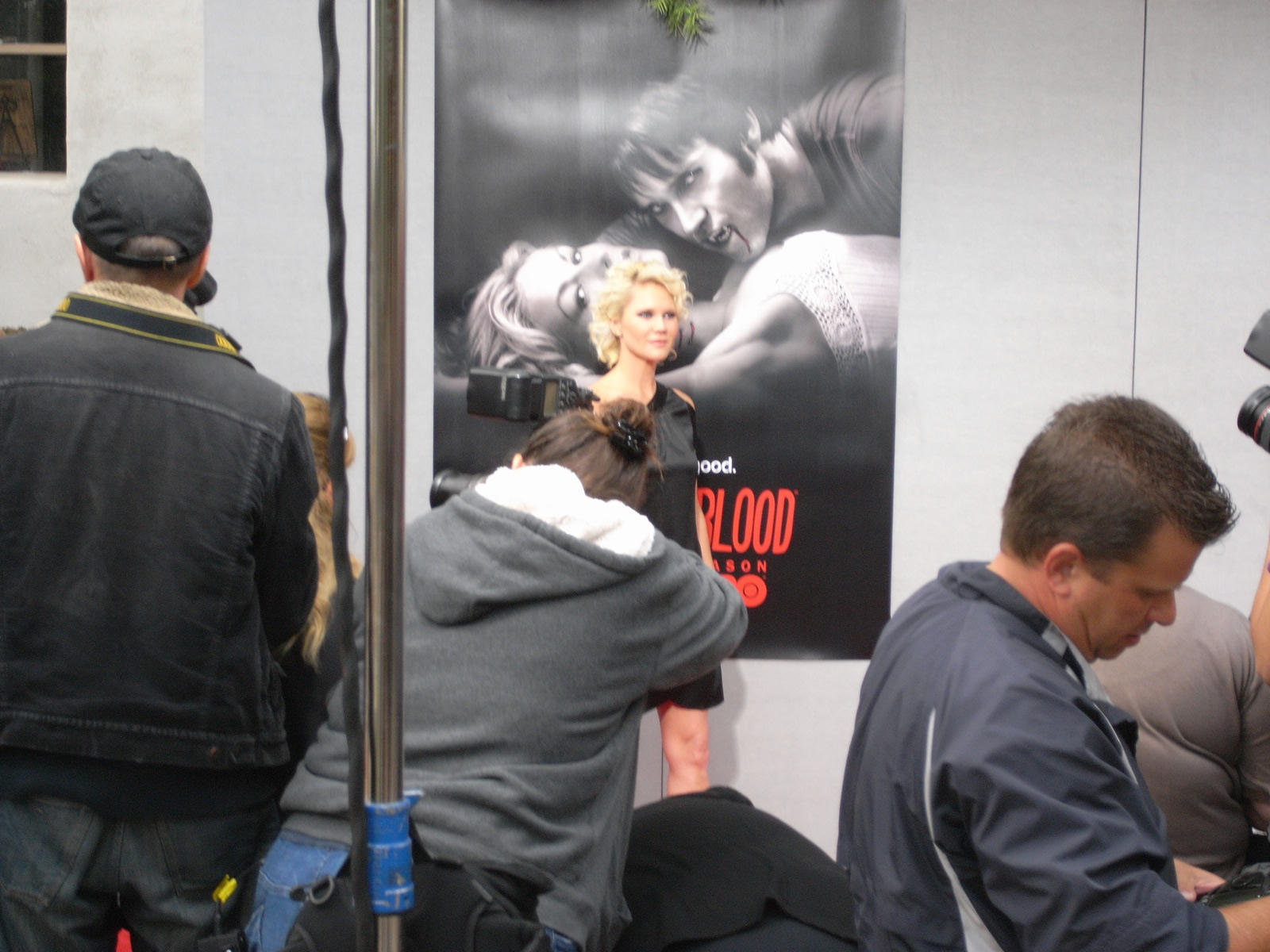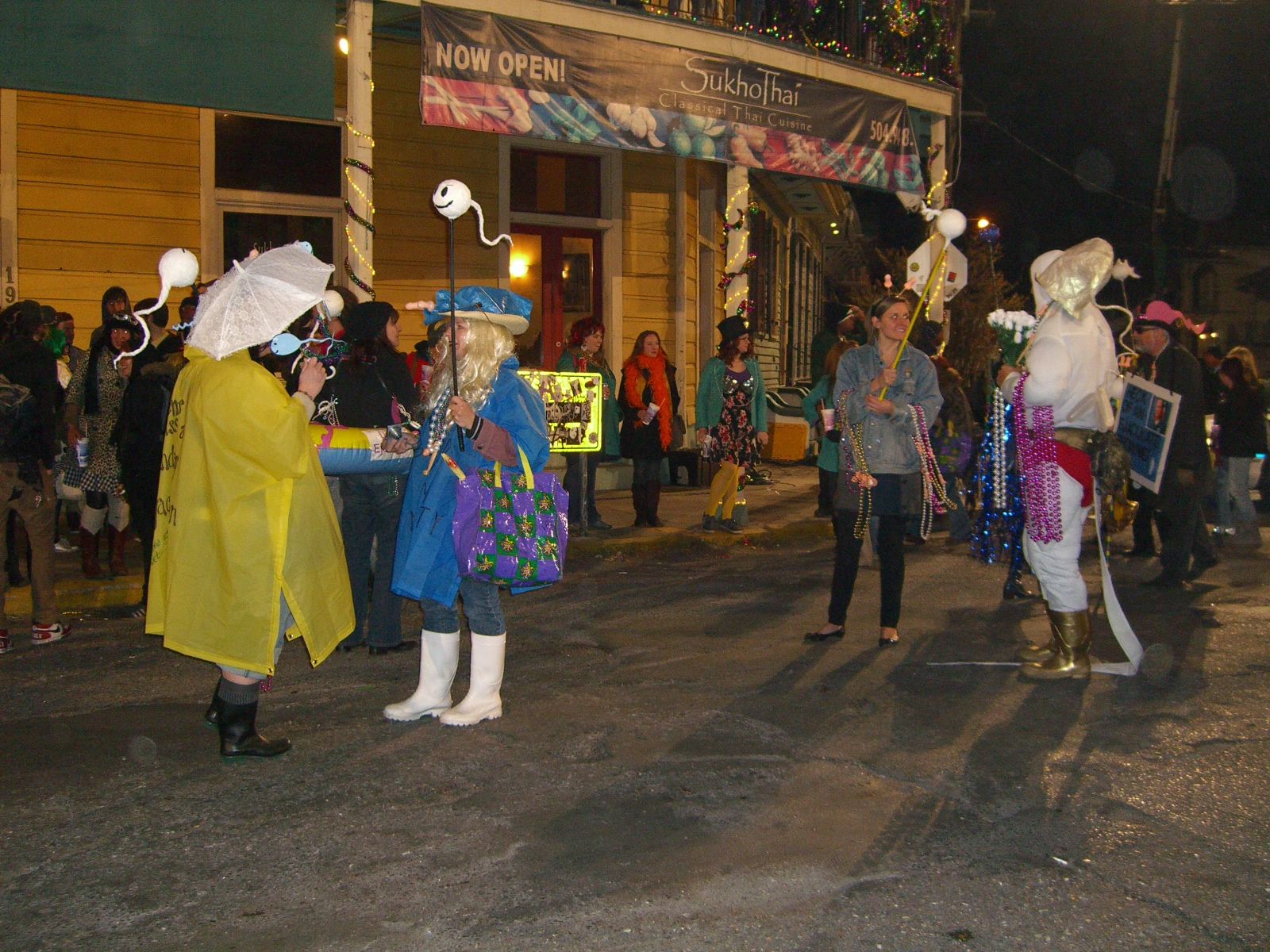With great risks come great rewards. Home Box Office can attribute all of its success to this idea. What started as a company that reached 325 customers in Wilkes-Barre, Luzerne County in 1972, dominated the cable industry, reaching over 15 million customers all over the world only 10 years later. It was not the first; it was not the best, but what it did for cable television revolutionized the business. Thane Peterson, from Bloomberg Businessweek, revealed the secret formula to HBO’s success as the result of “moxie and magic.” But once upon a time, this success story was one that not a soul saw coming.
At the 1939 New York’s World Fair, an announcement was made declaring the launch of commercial television. Everyone knew right away that this new medium was going to change everything. Before it could have an impact, however, it had to reach the population. Television signals were broadcast over air waves. The issue was that nearly all early television stations were located in major cities, and the transmissions could only reach in and around the cities. So, what about the households living in the countryside or up in the mountains? The only way these individuals could be a part of the television phenomenon involved a huge antenna and a few wires. One day in 1948, John Walson put an antenna on top of a mountain and ran cables to the town of Mahanoy City, Schuylkill County. Thus cable television was born.
A noted publisher of some of the nation’s leading magazines, Time Life, Inc., bought into broadcasting back in the 1950s but took a strong interest into cable as well. At the time, three major broadcast networks (CBS, ABC and NBC) accounted for 97 percent of all television watched in the US, so cable programming was still a very uncertain medium with an shaky financial history. This did not stop Time Life from entering the cable television field in 1965. The company’s justification for participating in many aspects of media was that it was an information business, not a magazine or television business. Time Life had no prejudice with which outlet it used to get its product to consumers. As long as it was making money, print, broadcast and cable were all feasible means to the end.
Despite this “nondenominational philosophy,” the Federal Communications Commission’s cross-ownership restrictions forced Time Life, Inc. to choose between broadcasting airwaves and cable television. The Commission stated that local media owners could only partake in “one outlet per customer” in order to create “a level playing field.” Surprisingly, Time Life chose cable. It got rid of all its broadcasting outlets and the remaining cable properties had secure system’s rights in cities across America. Its most historically momentous, high risk, investment when switching to cable, however, was made in a company called Sterling Communications. Time Life executives quickly learned that cable was an expensive business. In fact, by the middle of 1967, Sterling Communications spent over two million dollars and had only reached four hundred customers.
Chuck Dolan was the founder of Sterling and was known as “a hustler in a business made of hustlers.” He was an army veteran and a graduate from John Carroll University. It was his home in Cleveland, Ohio where he started his first company distributing college football highlight films to television stations around the country. But the business failed to take off and at the age of 25, Dolan moved to New York City. He spent a few years as a Telenews producer and in 1954 became the vice president of the division of Sterling Manhattan News. By the early 1960s, Dolan became very interested in cable television. Four years later, Dolan applied for a franchise to wire New York City, and the next year Sterling Communications was issued a permit for operation in the southern end of Manhattan.
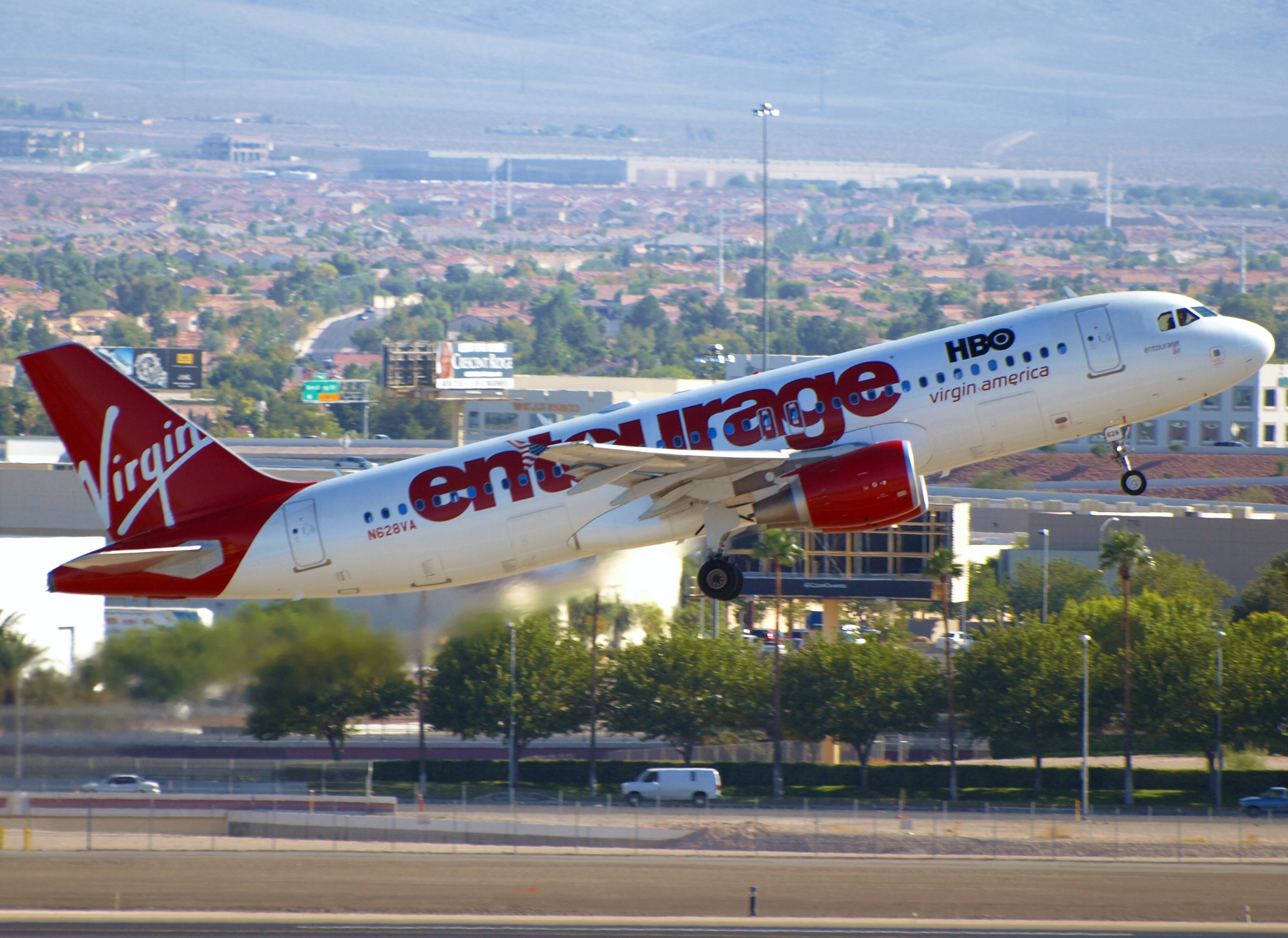
Time Life kept contributing large amounts of money to the company as Dolan worked to wire the city. The problem with this was New York already established itself as a broadcasting city. It did not have a big need for cable television. Cable television at this time was particularly used in rural areas that were unable to reach the broadcasts distributed from major cities. It became clear that the cable company was gobbling up money faster than anyone had anticipated. Time Life was starting to lose confidence with Sterling Communications and decided that it would only lend more money if it owned more of the company. Dolan agreed to give up 44.5 percent.
Dolan had high hopes that cable would someday be a profitable industry, but the company was still not making any money. Sterling Communications needed something to turn the company around financially. It was on a 1971 family vacation aboard the ocean liner the Queen Elizabeth II where Dolan began writing up a proposal for what he called the “Green Channel.” It was an idea that called for the creation of a subscription pay channel that focused on sports and movies. Dolan envisioned that the channel would rent movies from the Hollywood studios and show selected live sporting events. The costs would be spread out by getting other cable TV system owners to let Sterling Communications operate Green Channel on their systems. This, plus the income that would be brought in from the new subscribers, would hopefully turn a profit.
The concept of Green Channel was pitched to Time Inc., who was not completely sold on the idea. Cable television was still not a successful industry and was constantly under assault by the major broadcasting networks (CBS, ABC and NBC) and the Federal Communications Commission. But desperate times called for desperate measures. Time Inc. approved the plan in on November 2, 1971 and granted Dolan $150,000 to start the project. Dolan was ecstatic. “This is the right plan for the future of cable television, but it’s going to require us to make some difficult decisions regarding staff.” A few months later, Dolan put together a team of executives to help with the process. One of the executives was a 33-year-old attorney by the name of Gerald Levin, who had experience in contracting for televised films and sporting events.
Gerald Manuel Levin had a reputation as a man who could manage money, as well as people. He possessed a sharp legal mind, a gift for organization, and an excellent memory for detail. To top it all off, he was a movie and sports buff. These were the traits that garnered him the title of Director of Finance and quickly allowed him to be the Vice President and Director of Programming as well. Some say that he was personally responsible for selling the concept of Green Channel to the doubting executives of Time Inc. Levin was proven to be Dolan’s smartest executive pick.
Once the Green Channel team was assembled, they first decided to change the name of the programming service to something more appropriate. After coming up with a few options, they temporarily picked the name “Home Box Office” because of the Hollywood film aspect and because of the pressure of a printing deadline. Once the ball got rolling, they never did get around to picking a permanent name. There were too many other things to be thinking about, such as whether people would actually be interested in a channel like this.
The executives conducted a market survey to determine people’s reactions to the concept of HBO. After all, there was no point in launching the cable channel if nobody wanted it. Unfortunately, out of all the people that were surveyed, only 1.2 percent thought it was a good idea and they would consider being a paid subscriber. One would think this would immediately bring the whole plan to a screeching halt, but the executives were not easily dissuaded. It actually gave them the initiative to do a door to door survey and fully explain HBO in its entirety. This resulted in 50 percent of the people interviewed said they would subscribe. Dolan and the other executives finally were given the reassurance that they had something. But customer satisfaction was not the only obstacle they had to overcome.
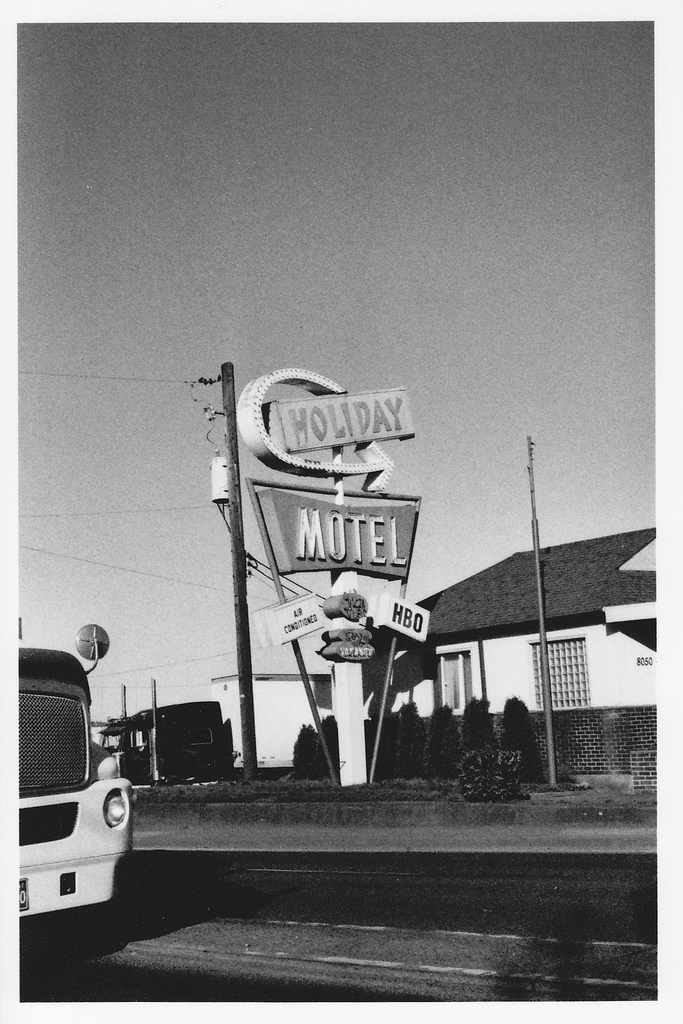
HBO had another problem regarding the film suppliers. The suppliers decided that they would not rent their films to the pay channel unless they were given a count of how big an audience HBO could reach and how much the subscribers were willing to pay. This was basic protocol when Hollywood studios dealt with ticket prices and customer counts at the movie theaters. They figured that being a “Home Box Office,” HBO would be able to develop very similar numbers and be able to establish a similar system of payment to what they were use to. The only problem with this theory was that HBO’s new kind of at-home, electronic movie theater was not selling tickets. Cable system operators had issues similar to those of the film suppliers. They also wanted to know what kind of movies was HBO planning on showing, how much HBO was going to pay for each film, and how much subscribers were willing to pay. No cable operator wanted offensive movies playing over their systems for fear that they would lose their advertisers. “People wanted movies and sports events, especially unedited films, but there were indecency laws by the FCC and ultimately, they didn’t want advertisers to be upset,” says cable television scholar Patrick Parsons of Pennsylvania State University. And because cable television was not a large, successful industry, they wanted to pay HBO as little as possible.
The deal that all participating parties finally came to was that HBO would pay the movie studios a flat rental fee and cable operators would become partners in the pay channel service on their cable systems. This gave the cable system operators an extra incentive to promote HBO on their own, because their income from the service would depend on the number of subscribers paying the monthly fee. In New York, all business aspects seemed to be in order for the launch. Unfortunately, due to a franchise provision against pay-television in Manhattan, HBO could not make its debut there. Chuck Dolan had to make the decision on where would be the best location for HBO to make its first appearance and came up with an inspired idea. Instead of choosing just any cable franchise for a particular city, Dolan was looking for a city that possessed two competing cable systems, a rarity in most places, in order to eliminate negotiations with a monopoly.
It was discovered that Allentown, Lehigh County was one of the few towns that had two cable systems instead of the usual monopoly. Dolan quickly jumped at the opportunity and began playing one operator against the other. This resulted in both wanting to jump on the HBO band wagon and everything was going according to plan. Gerald Levin, along with other executives lined up promising programming. Madison Square Garden made a deal and agreed to let HBO televise live all National Basketball Association (NBA) games that played there. Levin is personally responsible for having persuaded Universal Pictures to rent some of its films to the operation. Everything seemed to be in order and HBO was ready to go. Unfortunately, that was not the case.
A man by the name of Ed Snyder was the bearer of bad news. He was responsible for telecasting sporting events from the Philadelphia Spectrum Arena. He also held the exclusive rights to all the NBA broadcasting rights that were extended within a seventy-five-mile radius around the city of Philadelphia. Allentown, fell within that seventy-five-mile circle and therefore no one could show Philadelphia NBA games except Snyder. HBO wanted to include the 76ers basketball games in their service, but here was nothing HBO could do. Dolan was forced to find a new city in which to debut the new pay channel.
Luckily enough, one of the cable systems located in Allentown that was suppose to take the first HBO feed was owned by John Walson, the founder of the first ever cable television system and the biggest cable operator in Pennsylvania. “My father wanted to be first in everything,” John Walson Jr. noted, and Walson was not about to give up this opportunity. Because Allentown was out of the question, Walson offered a system that he owned in Wilkes-Barre, Luzerne County, but warned Dolan that there were a few small problems. First, Wilkes-Barre was a very small community so the initial subscribers were going to be limited. Second, Wilkes-Barre was experiencing extremely bad weather as a result of Hurricane Agnes. Dolan, on the other hand, was desperate and jumped at the chance. Walson was not sugar-coating the concerns. The HBO crew went yet again door to door selling subscriptions. Everyone was informed that the programming would originate in New York City and be transmitted through microwave towers to the town of Wilkes-Barre. From there the channel would be transmitted through Walson’s cable television lines to the subscriber’s homes. The people did not think that this was a big deal. The mayor did not bother to show up for the unveiling and even the local newspaper said it was not worth covering.
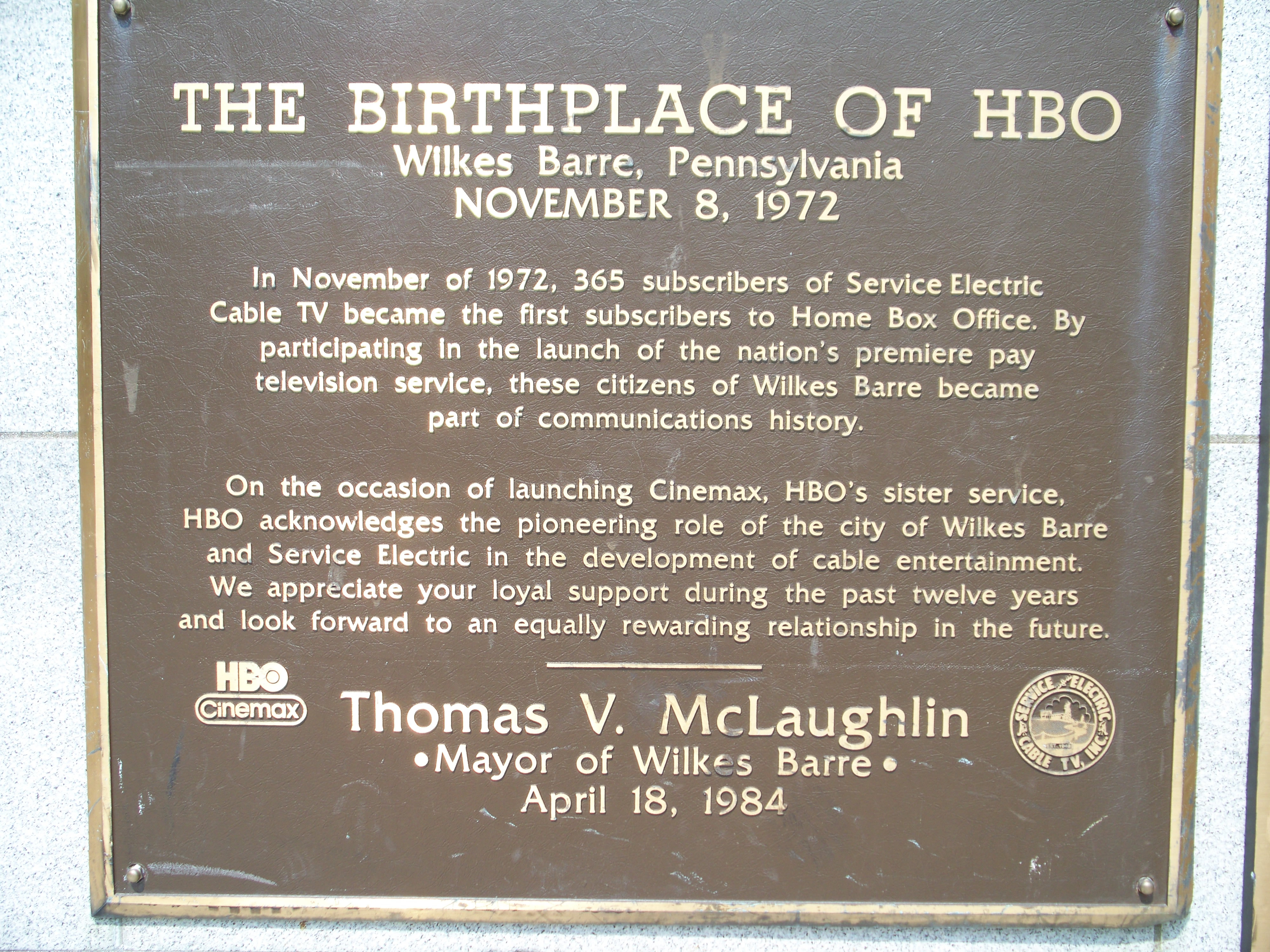
Besides the people having little interest, the weather got so bad that on the day of the first transmission, the strong winds knocked down Wilkes-Barre’s microwave reception dish. A technician was quickly hired to go out into the storm, climb up on the roof and hold the antenna in place in order for the connection to go through. Amazingly, no matter what obstacle got in the way, almost exactly a year later from when the plan was first proposed, on November 8, 1972 HBO premiered to 325 homes in Wilkes-Barre. The inaugural program consisted of a National Hockey League game between the New York Rangers and the Vancouver Canucks at Madison Square Garden, and the movie Sometimes a Great Notion, starring Paul Newman and Henry Fonda.
George Mair, an HBO researcher and an ex-Chief of the Home Box Office Public Relations Counsel describes HBO as “an almost accidental company that became the biggest entertainment giant in the world in just 15 years.” It not only overcame the negative perception of pay channels, but it was the first ever to put its programming up on satellite in 1975 and ultimately set the precedents for how cable can compete with the broadcast television industry in 1977. In 1983, a survey of what is important to married couples, conducted by Dr. Sol Gordon and Dr. Kateryn Everly, ranked money #1 and HBO #2. It seems completely indisputable that HBO will be held in high regard within the entertainment industry for years to come. Right now, with nearly 40 million subscribers in the U.S. and programming sold into over 150 countries worldwide, Home Box Office has become the most successful premium television company.
Sources:
- Curtin, Michael, and Jane Shattuc. The American Television Industry. New York: Palgrave Macmillan, 2009.
- Delaney, Sam. “HBO: Television Will Never Be the Same Again.” Telegraph.co.uk. 25 Feb. 2009. Telegraph Media Group, Ltd. 13 Oct. 2010 <http://www.telegraph.co.uk/culture/tvandradio/4733704/HBO-television-wil....
- Edgerton, Gary R., and Jeffrey P. Jones. The Essential HBO Reader. Lexington: University of Kentucky Press, 2008.
- Eisenmann, Thomas R. The U.S. Cable Television Industry, 1948-1995: Managerial Capitalism in Eclipse. Boston: Division of Research, Harvard Business School, 1998.
- Marc, David. “Television.” Encyclopedia of American Studies. Ed. Miles Orvell. Baltimore: Johns Hopkins University Press, 2010. Online, subscription only source.
- “HBO - Home Box Office, Inc (RARE) - Gerald Levin as President before Time Warner/AOL Deal.” Scripophily .com. 14 Oct. 2010. <http://www.scripophily.net/hbohoboxofin.html>.
- Parsons, Patrick. Personal interview, September 21, 2010.
- Lockman, Brian, and Don Sarvey. Pioneers of Cable Television: the Pennsylvania Founders of an Industry. Jefferson, NC: McFarland, 2005.
- Mair, George. Inside HBO: the Billion Dollar War between HBO, Hollywood, and the Home Video Revolution. New York: Dodd, Mead, 1988.
- Mullan, Megan. Television in the Multichannel Age: a Brief History of Cable Television. Malden, MA: Blackwell, 2008.
- Parsons, Patrick. Blue Skies: a History of Cable Television. Philadelphia: Temple UP, 2008.
- Pescatore, Mark J. “Cable Television, History of.” Encyclopedia of Communication and Information. Ed. Jorge Reina Schement. Vol. 1. New York: Macmillan Reference USA, 2002. 97-102.
- Peterson, Thane. “The Secrets of HBO’s Success.” BusinessWeek. 20 Aug. 2002. Bloomberg LP. 14 Oct. 2010. <http://www.businessweek.com/bwdaily/dnflash/aug2002/nf20020820_2495.htm>.
- Stanfel, Rebecca, and Rayna Bailey. “Home Box Office, Inc.” Encyclopedia of Major Marketing Campaigns. Vol. 2. Detroit: Gale, 2007. 737-740.

